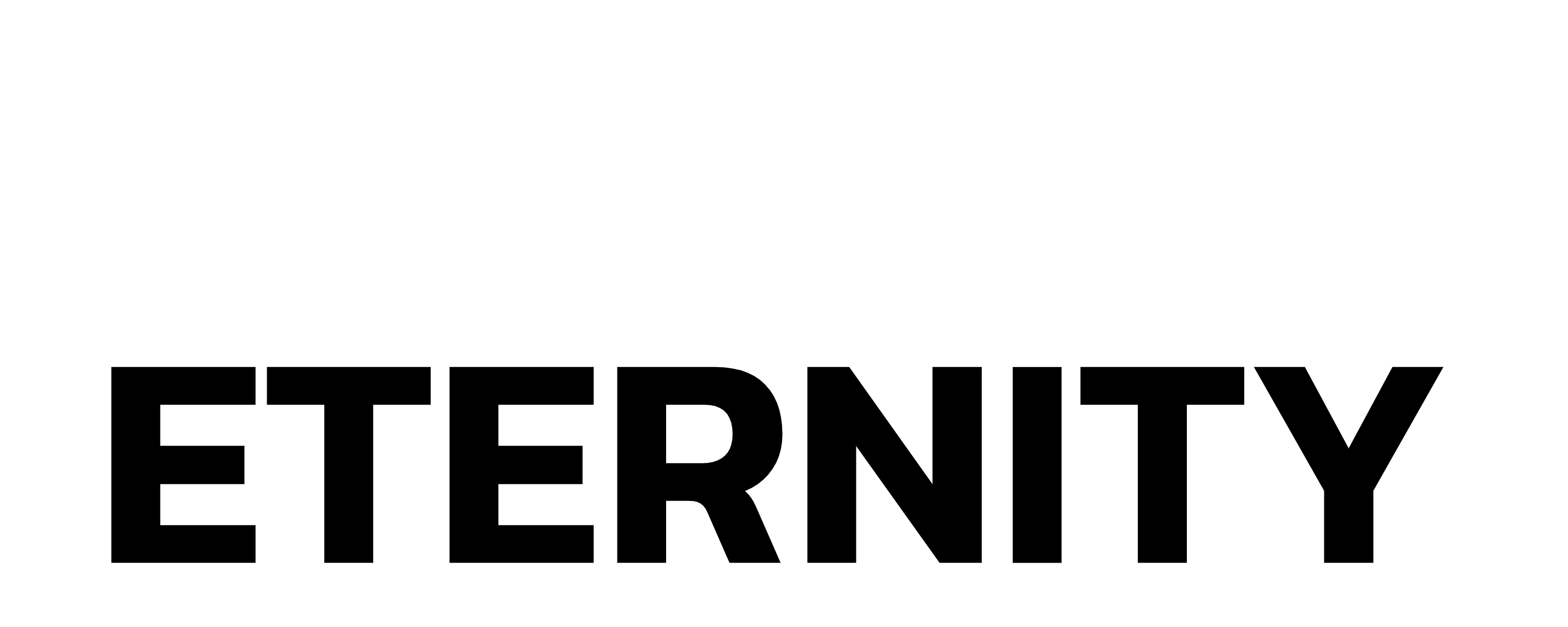a. Kings and Chiefs. This last section begins with a list of the kings of Edom followed by the list of chiefs. There are a couple of things to notice about the list of kings. Notice that each one says that the king died except for the last. It is presumed that Hadar or Hadad was still alive at the time of writing since the parallel list in 1 Chronicles, which was written much later, states that he died. Also, notice that the kingship was not passed from father to son but rather chosen from among the people. The reason that Hadad the son of Bedad was king might very well be because he defeated Midian. There is also a question as to why there is a list of kings followed by a list of chiefs. Does this mean that after the last king mentioned Edom went back to tribal chief leadership or were there chiefs at the same time as the kings? We can’t be certain. b. Before the kings of Israel. Go back to verse 31. Moses states that these kings reigned in Edom before any king reigned over the Israelites. The implication is that the author knew that kings reigned over Israel. Remember that it would be many years after the death of Moses that a king would reign over Israel. So, what is going on here? Now some people suggest that this was an addition made by later scribes after the Israeli monarchy began. That could be but is it out of the realm of possibility that Moses was assuming that there would be a king in Israel. If so, why would he? Clue #1 is in chapter 35 where God told Jacob that “kings shall come from your own body.” Jacob was promised kings so this alone would give just cause for Moses to believe in a future king of Israel. But that’s not the only clue. Deuteronomy 17 is clue #2. In verses 14 to the end of the chapter God sets the laws for the kings. God prophesies in this passage that when they get in the land they will say, “I will set a king over me, like all the nations that are around me.” It is clear that Moses just had to trust what God said that a king would reign over Israel in the future.
